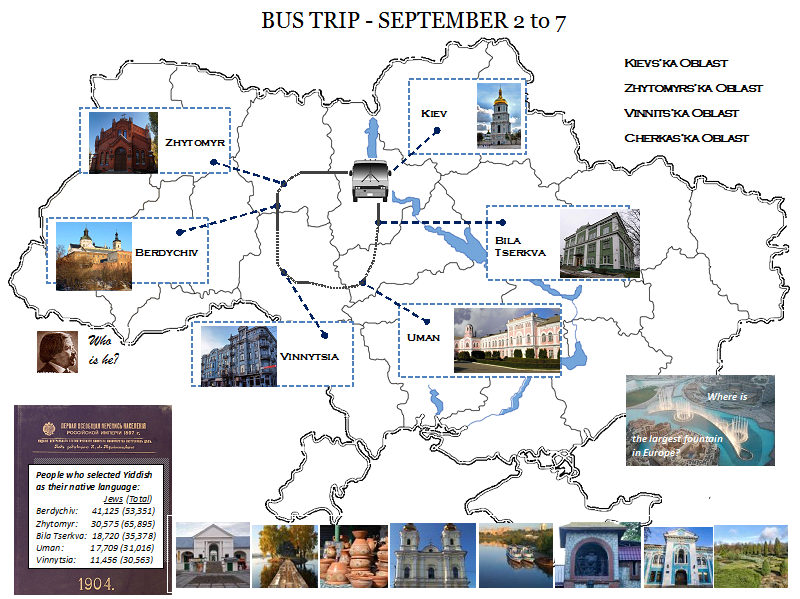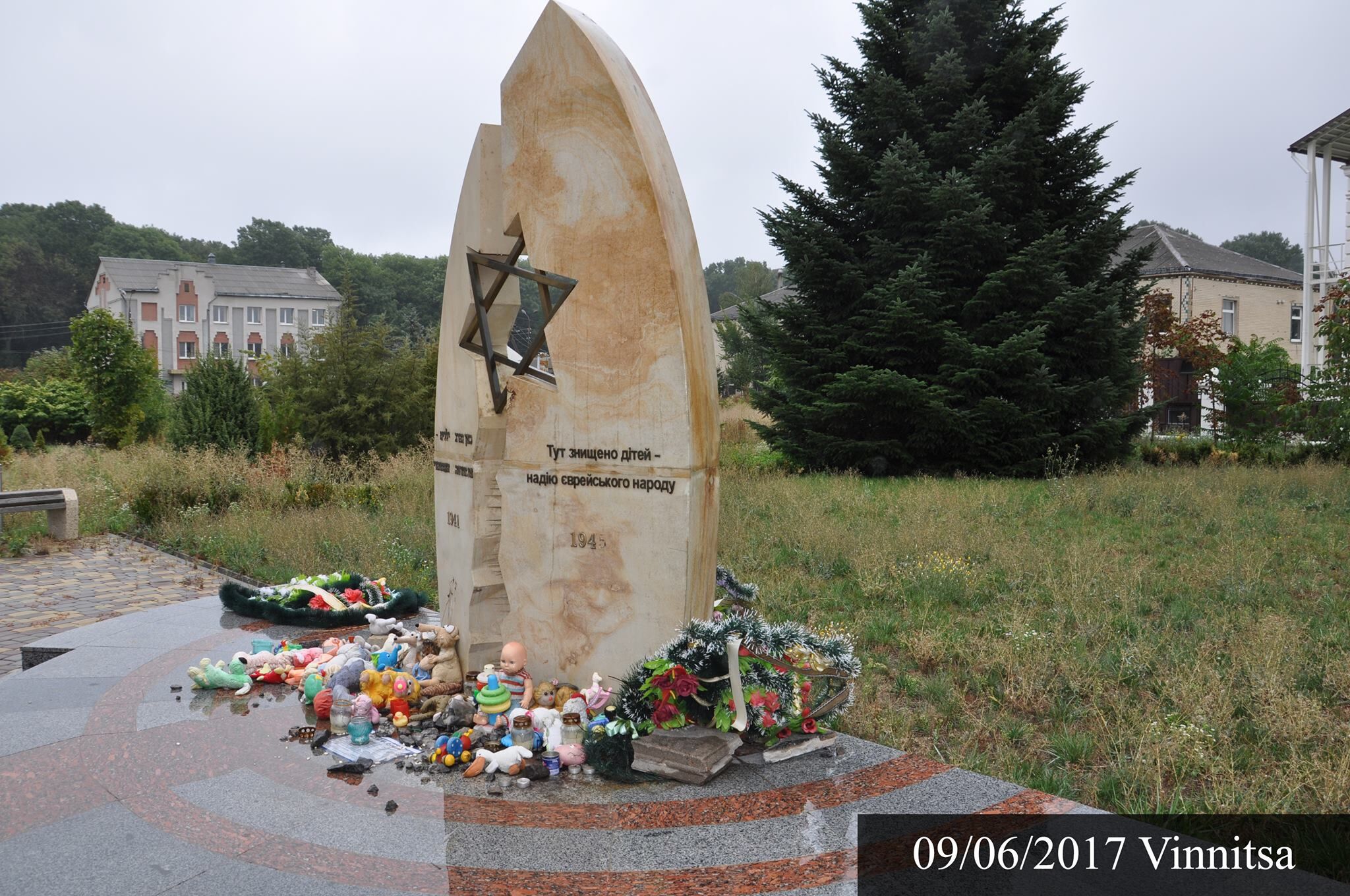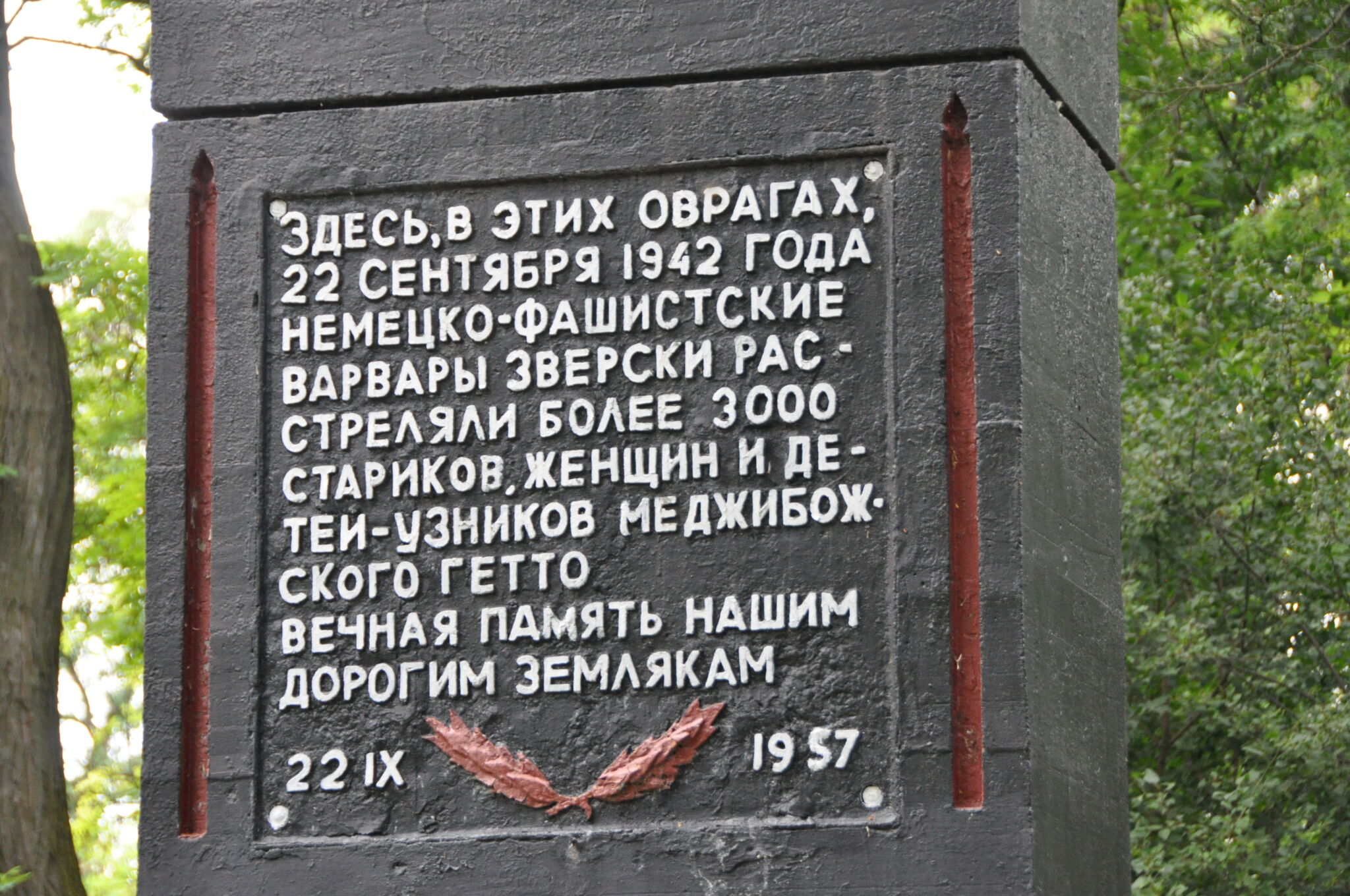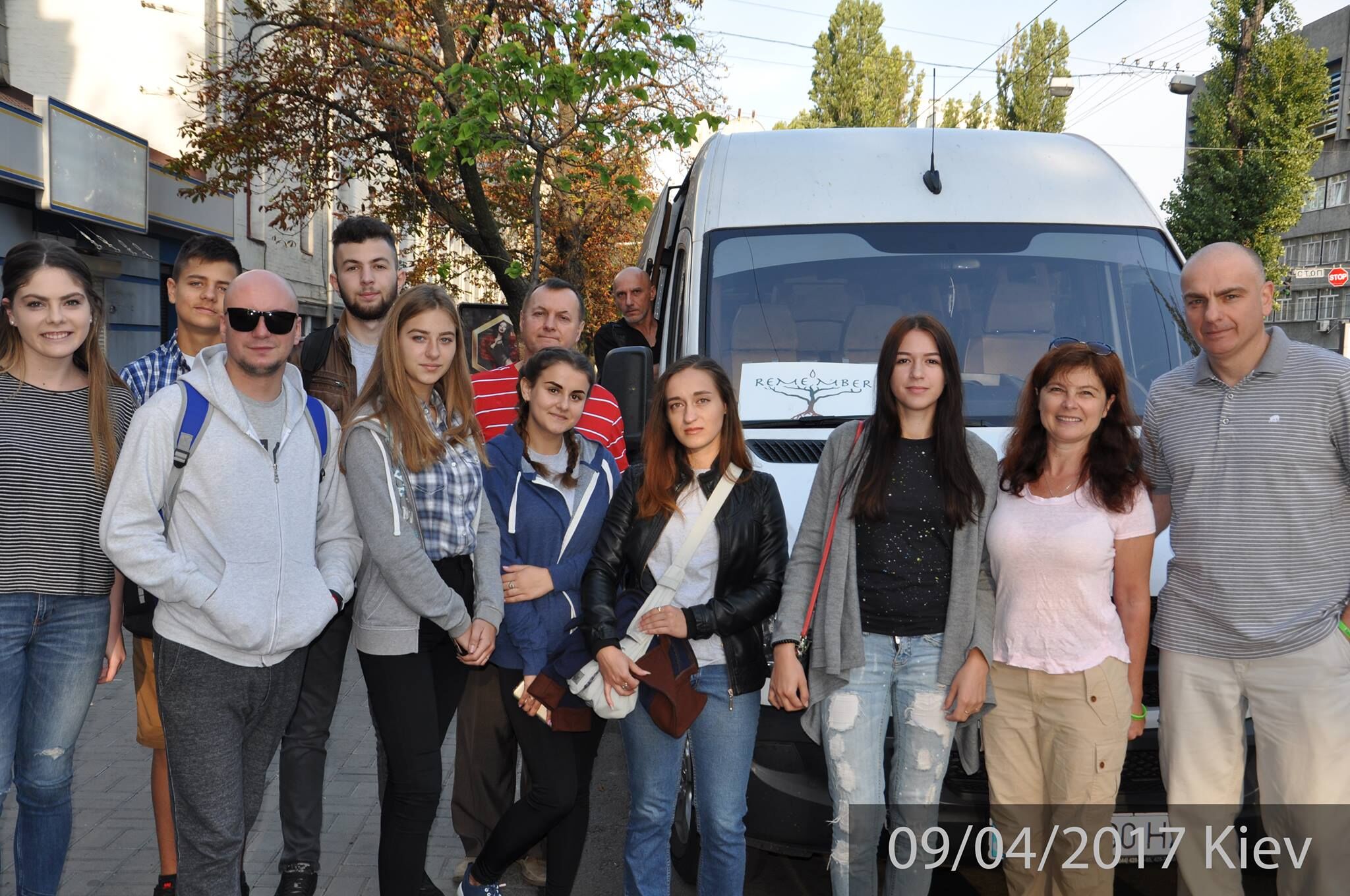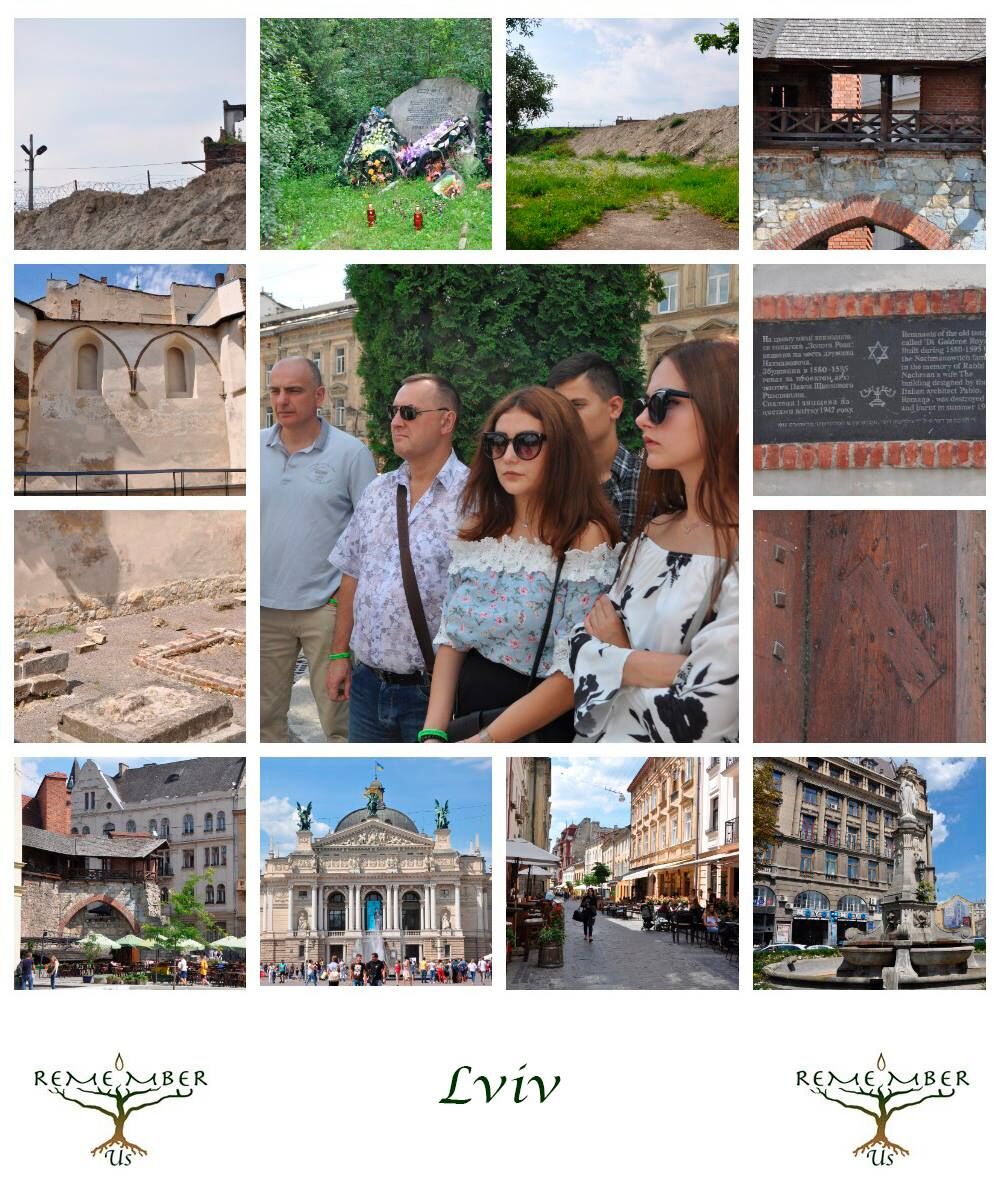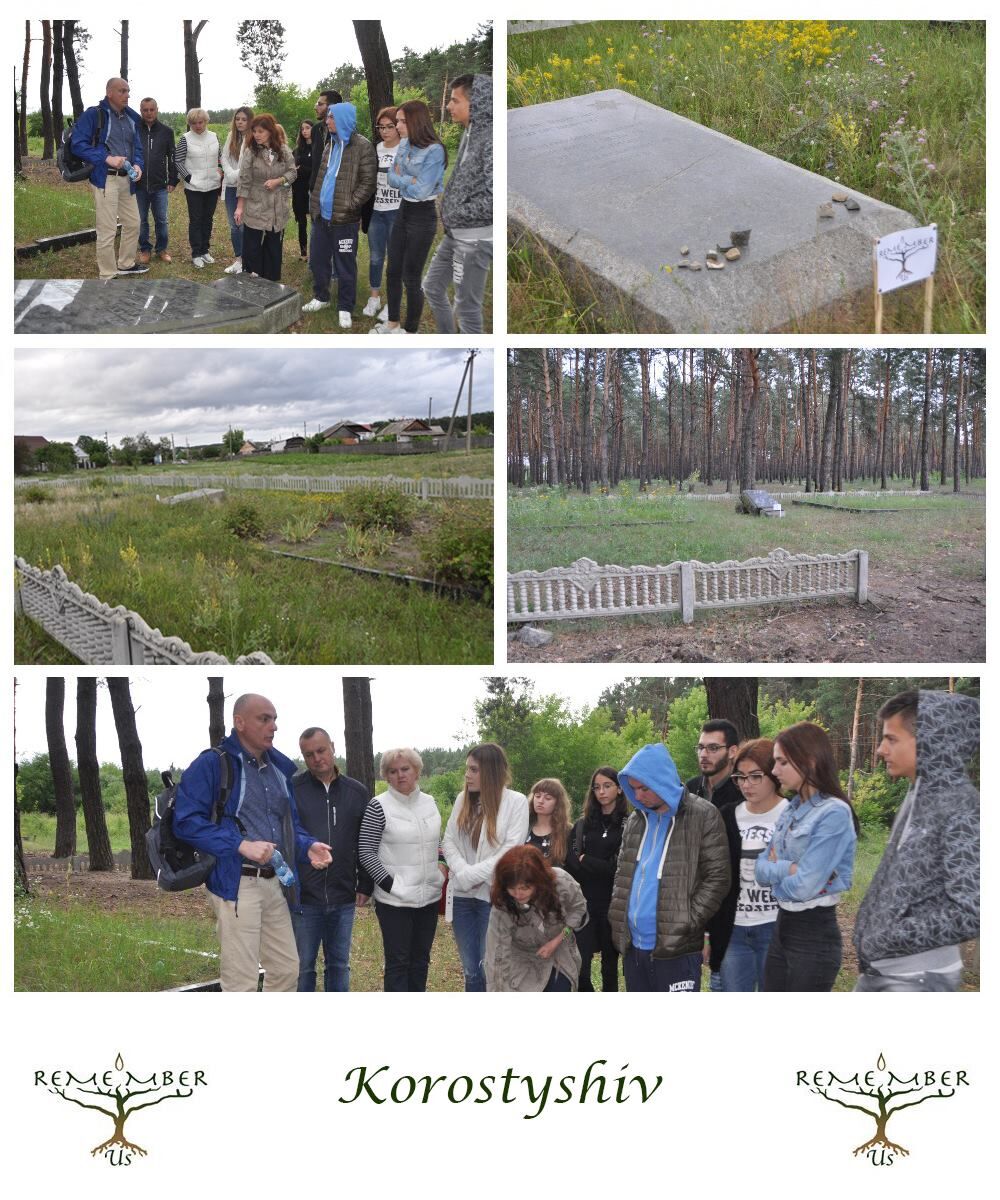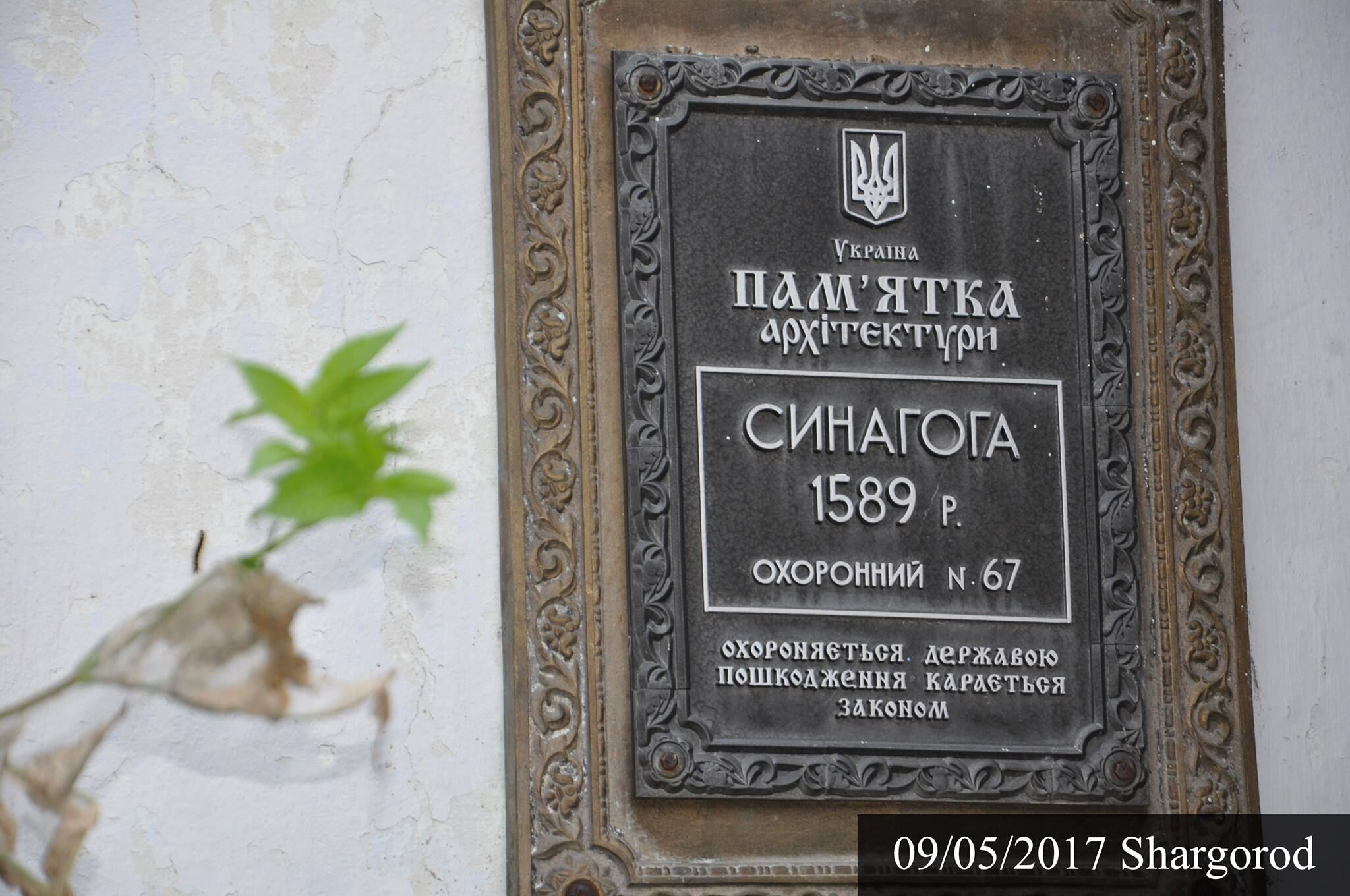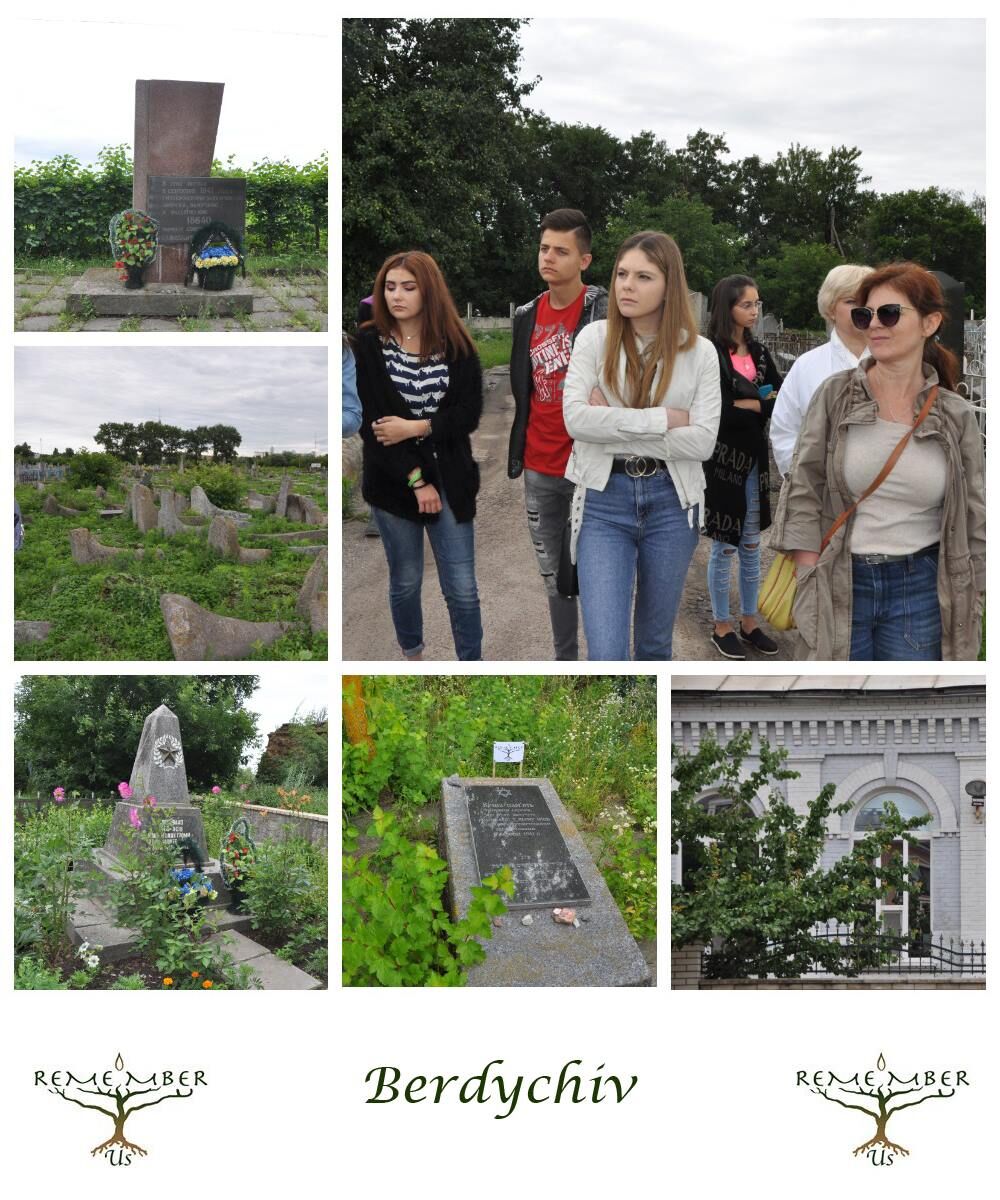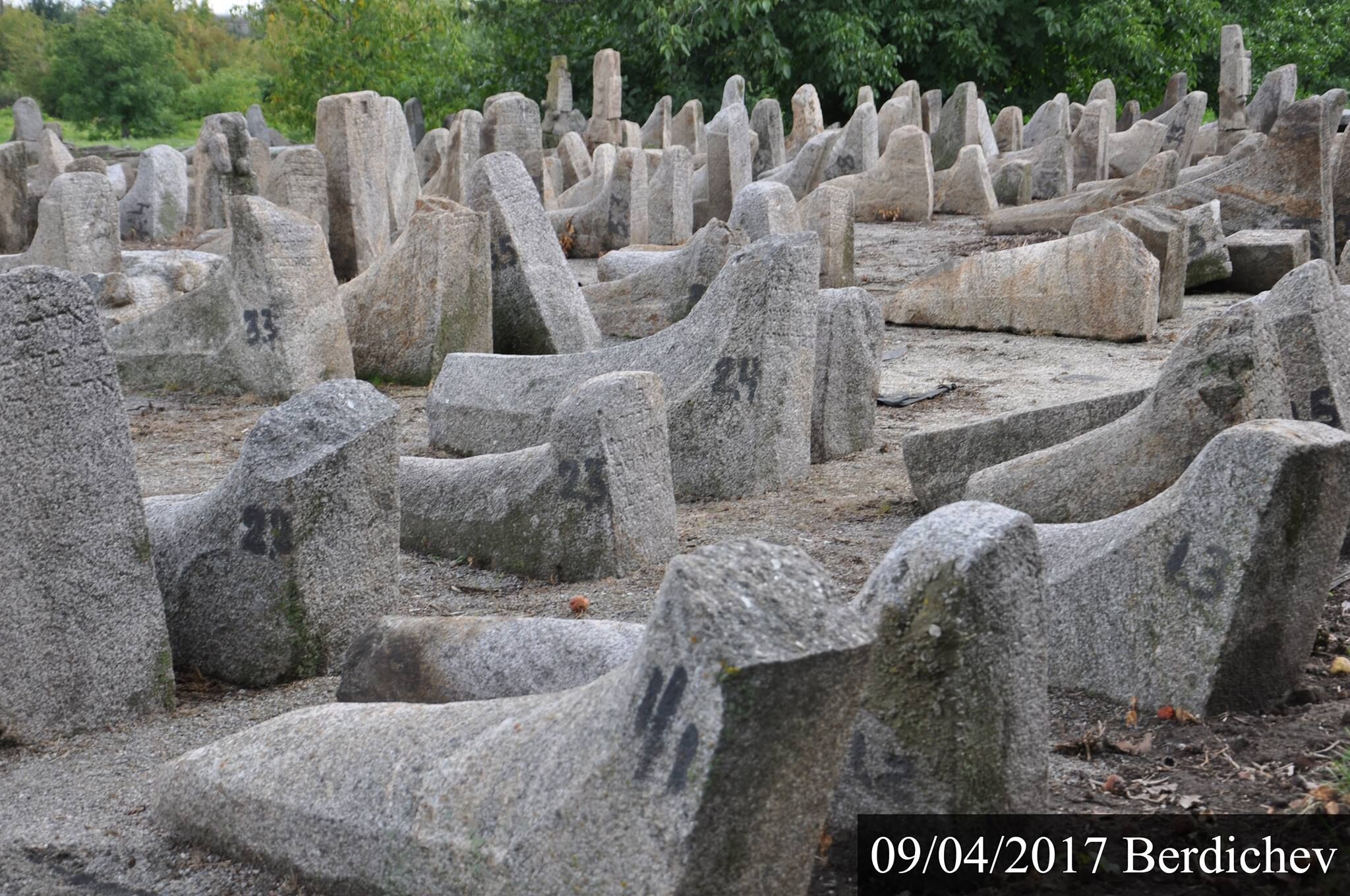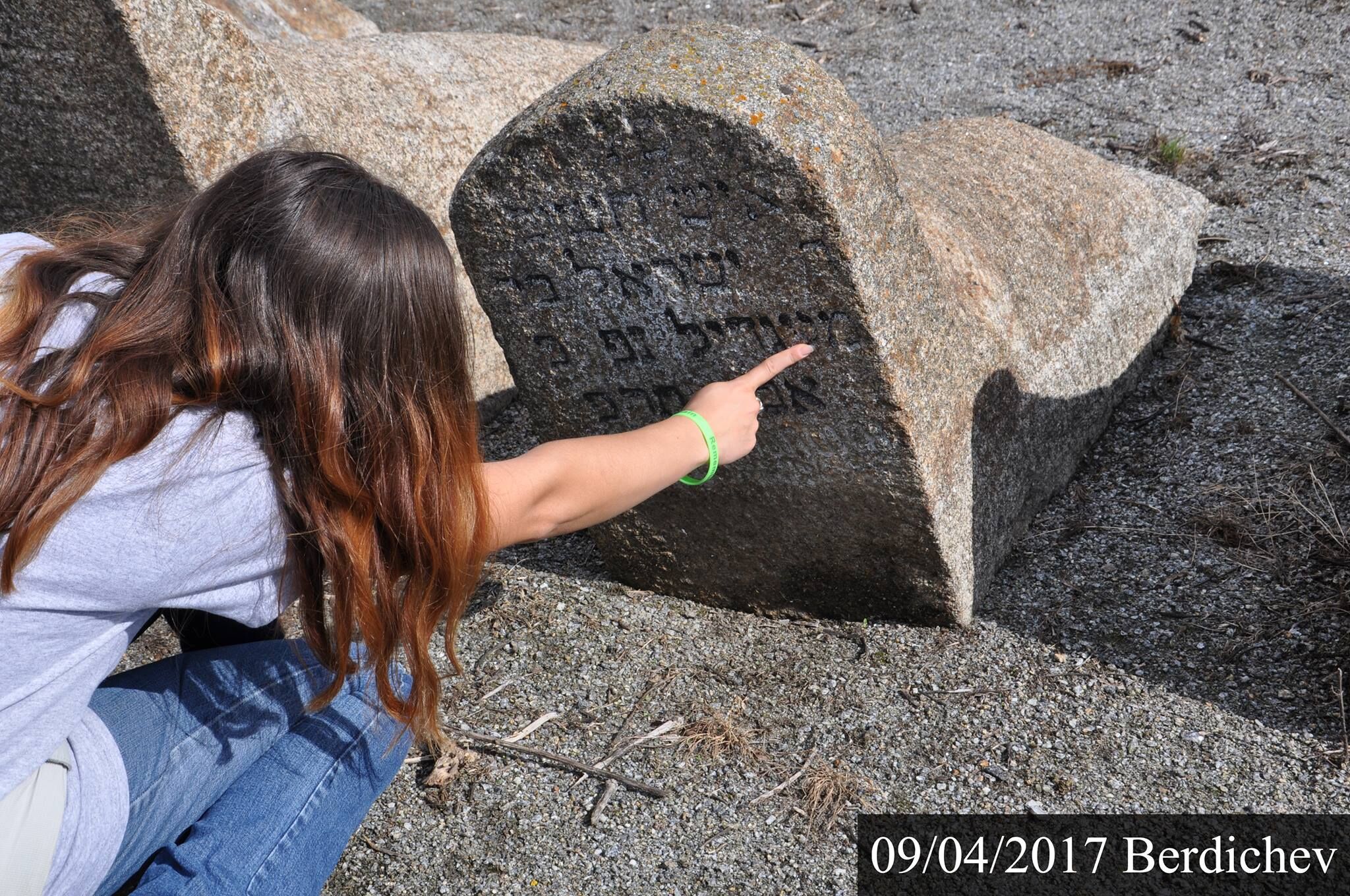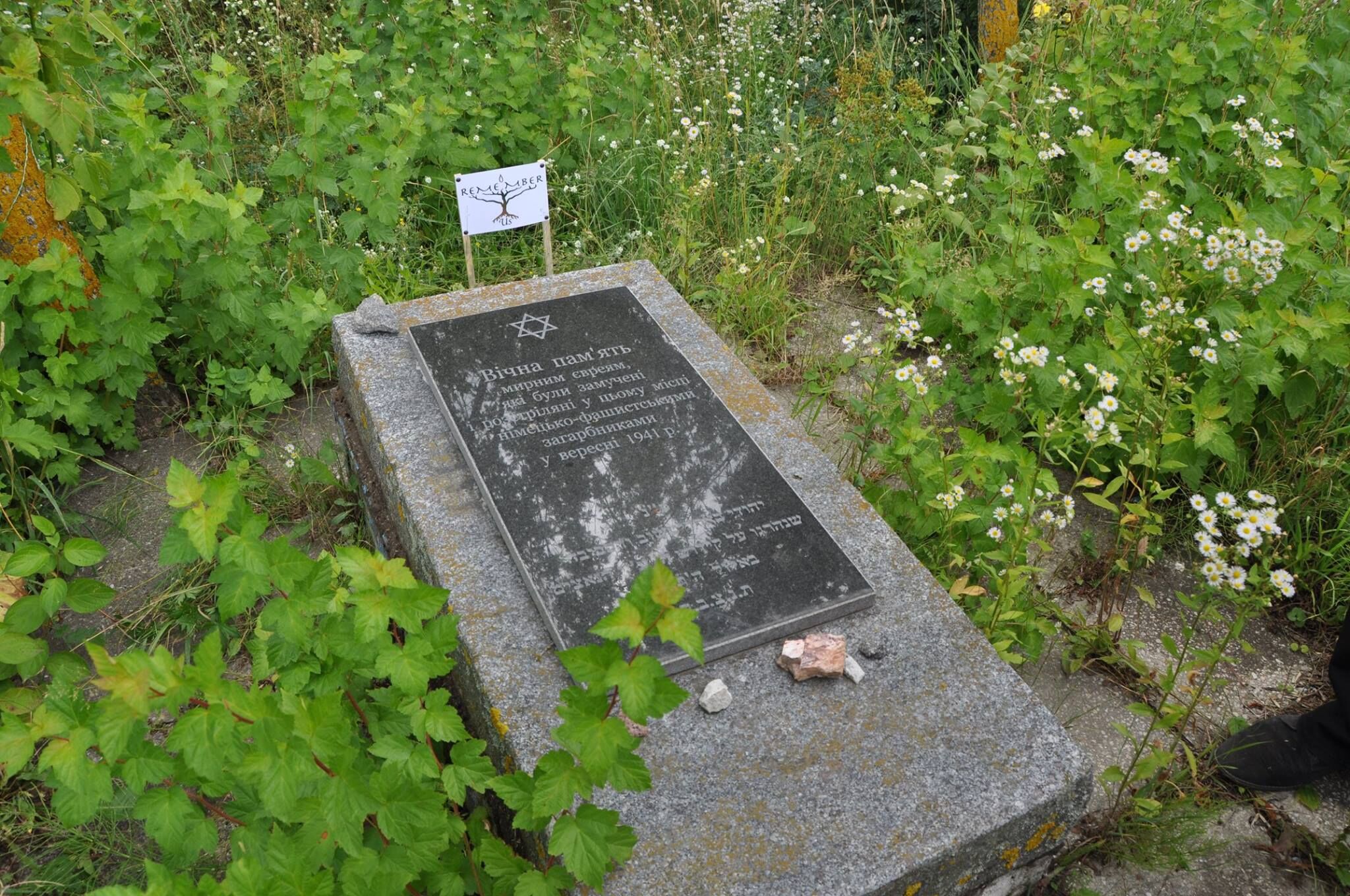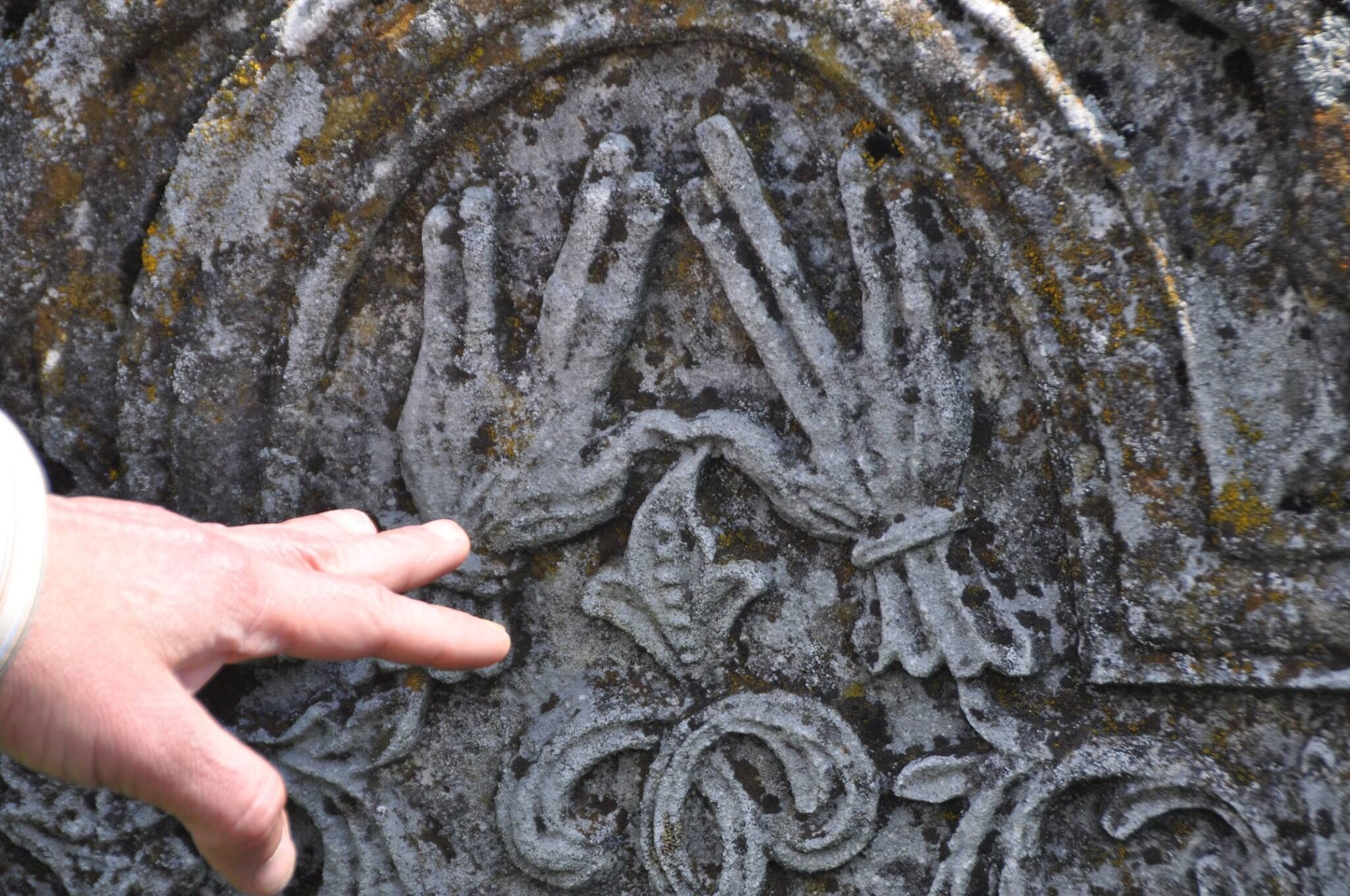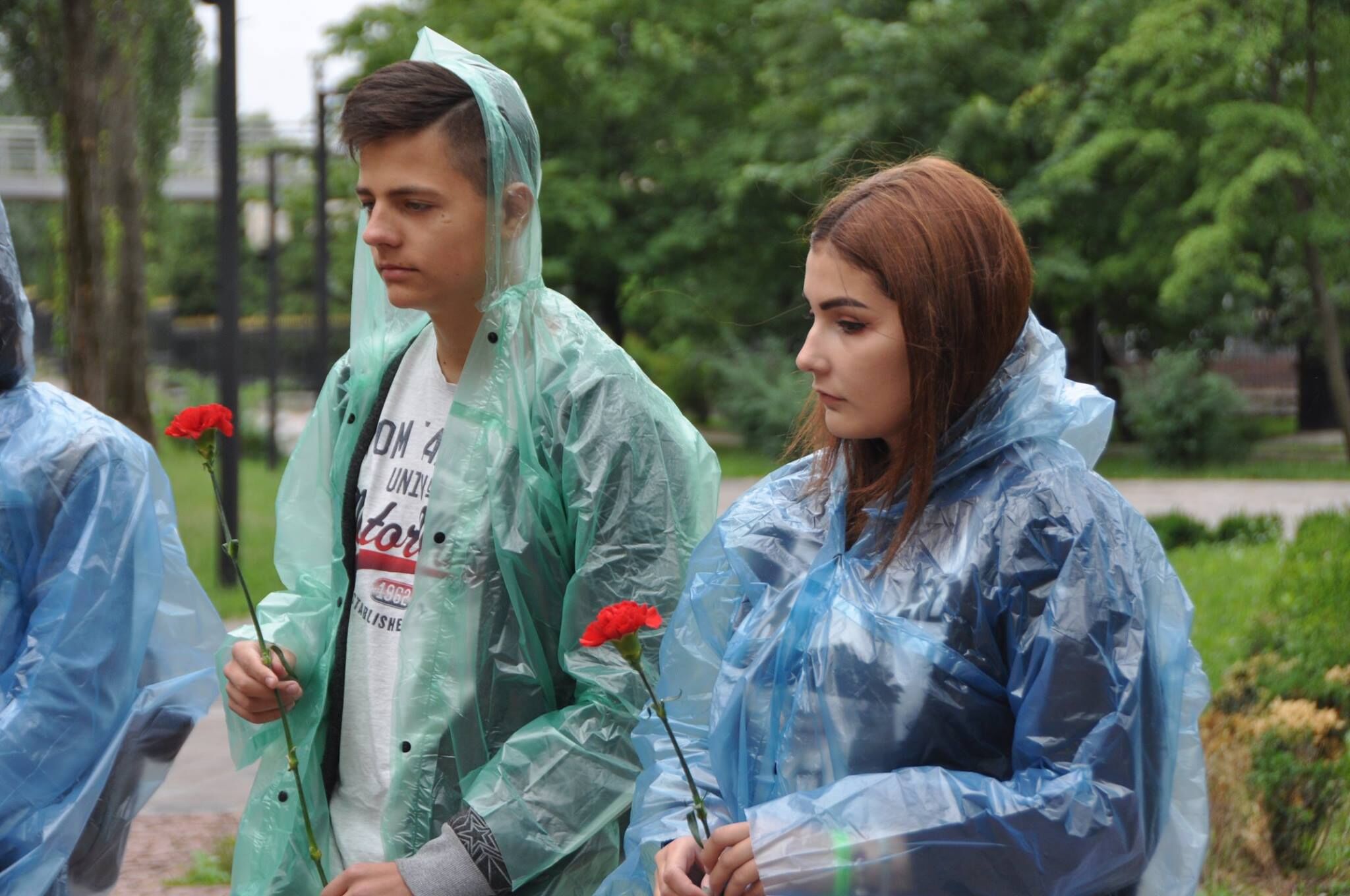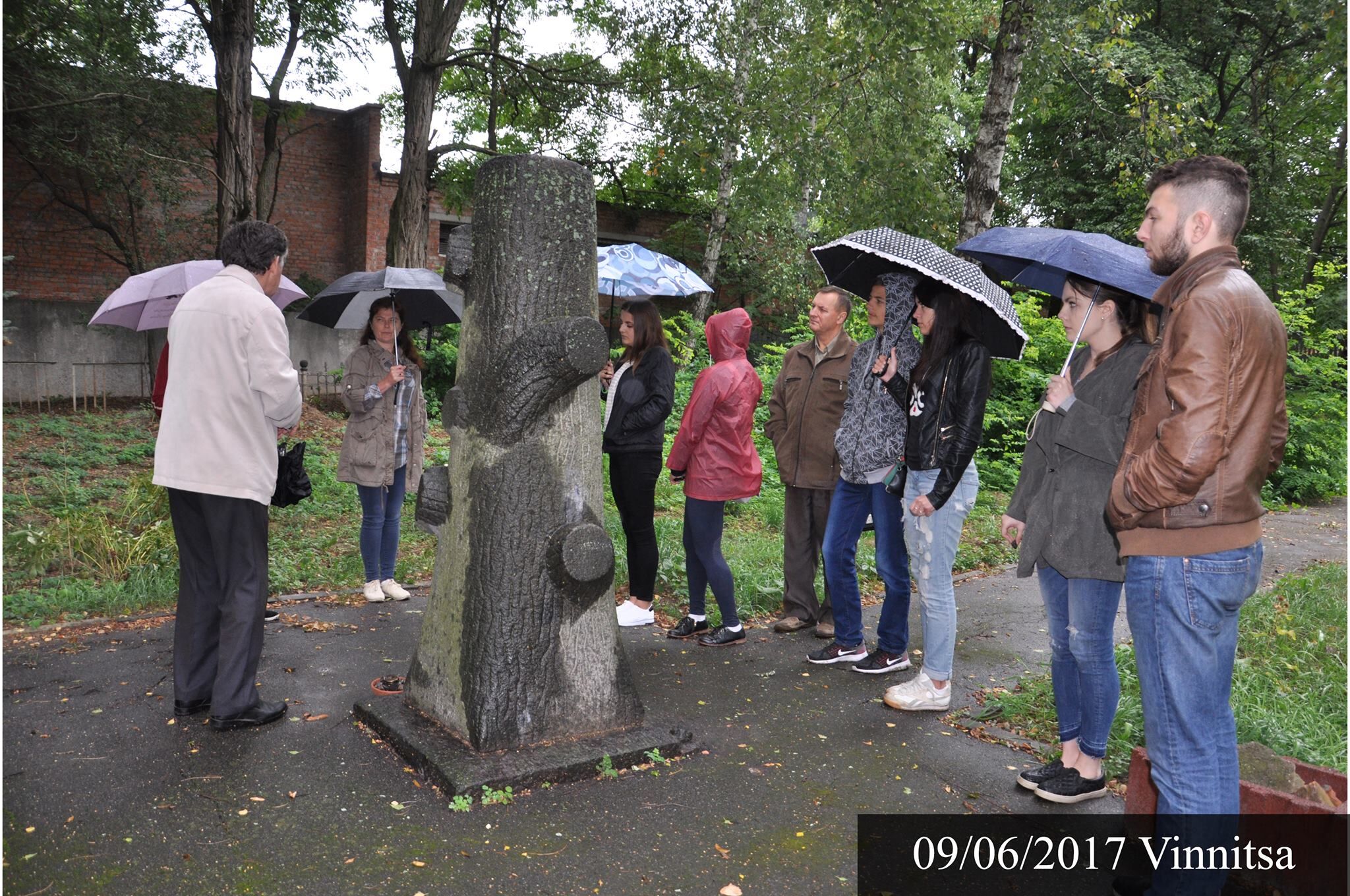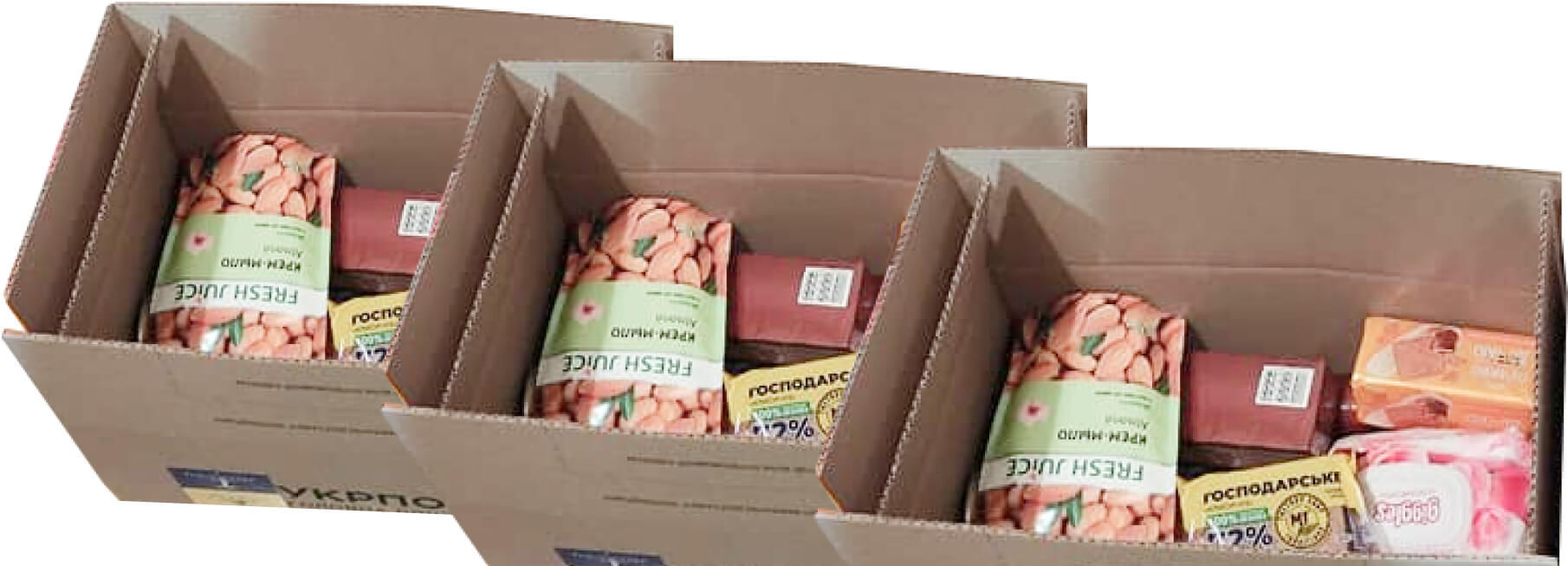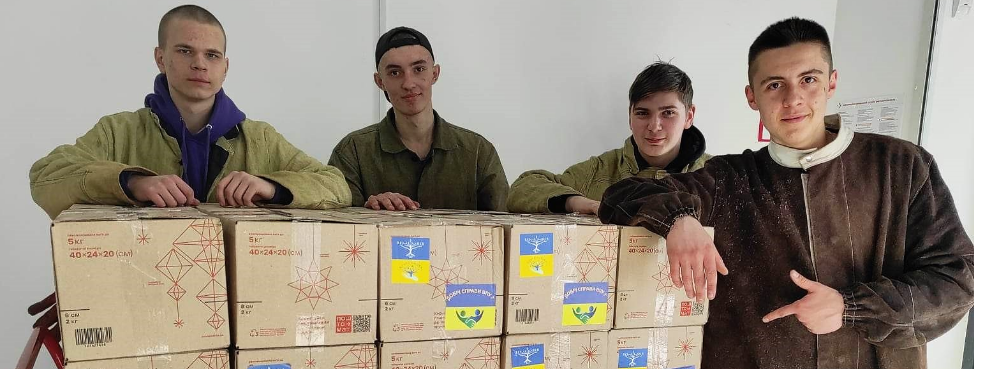Shtetl (shtetlekh in Yiddish) is a small, provincial Jewish municipality, a small town. The name is widely used for Jewish communities in pre-World War I Eastern Europe (Russia, Poland, Lithuania, and parts of the Austro-Hungarian Empire). Modern-day Ukraine is situated in this historical shtetl region.
Until the World War II, Ukraine’s cultural landscape featured shtetls located side by side next to Ukrainian villages and towns. Many townships were multicultural. Orthodox and Catholic churches, synagogues and mosques often were within walking distance.
Poles, Ukrainians and Jews lived within close proximity and worked together in various trade activities. During the long history there were periods of Jews and their non-Jewish neighbors living as good neighbors, that were followed by turbulent periods of serious abuses against Jews.
Every summer, as a part of our “last mile” approach, we conduct a “Forgotten Shtetl” trip. We travel off the beaten track deep into Ukraine’s “Lost World” of shtetls. We explore these forgotten shtetls, study their history and their tragic endings. We visit forgotten site of Jewish massacres, place flowers and hold minutes of silence. We uncover little known Shoah stories and bring the information back to the U.S. for use in our educational events and Social Media posts.
We cover over 1,000 kilometers on every trip, visiting dozens of small towns and villages. We visit historic and architectural landmarks, museums, Jewish cemeteries, synagogues and churches; and we also visit killing sites. We hold moments of silence and leave stones and small signs at the killing sites. Wherever possible we try to organize commemoration events in conjunction with our visits and invite locals to participate. We also visit Jewish communities and collect life stories, including eyewitness accounts of the tragic events.
The typical size of the “Forgotten Shtetl” travel group is 15 to 18 people. The group consists mostly of Ukraine high-school and college age students who participated in our activities through the school year, serving as museum guides or bus tours organizers or working with our U.S. social media or design teams. The tour also includes three to four of our U.S. volunteers, as well other participants, such as local tour guides and historians, activists and rabbis.






